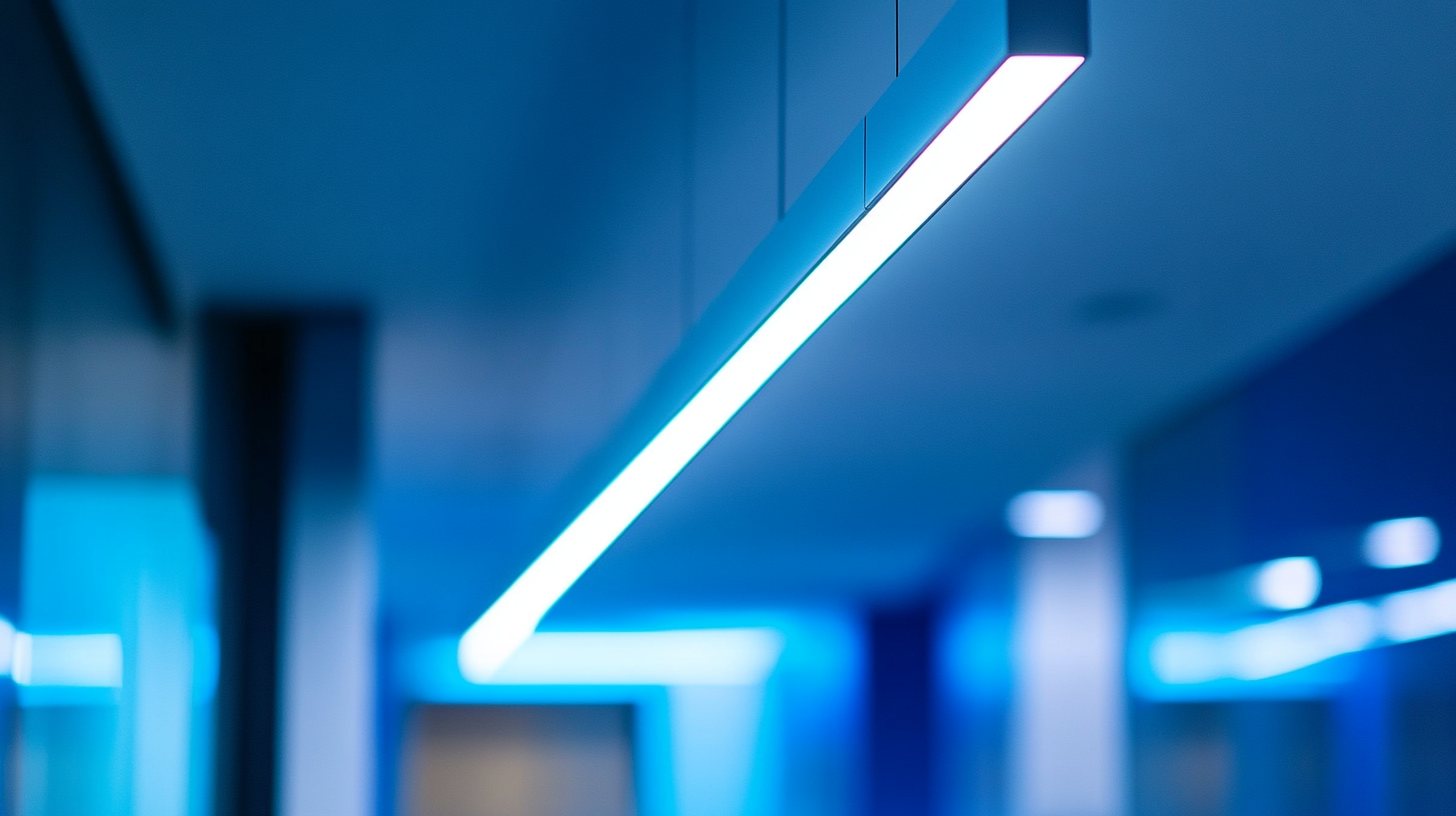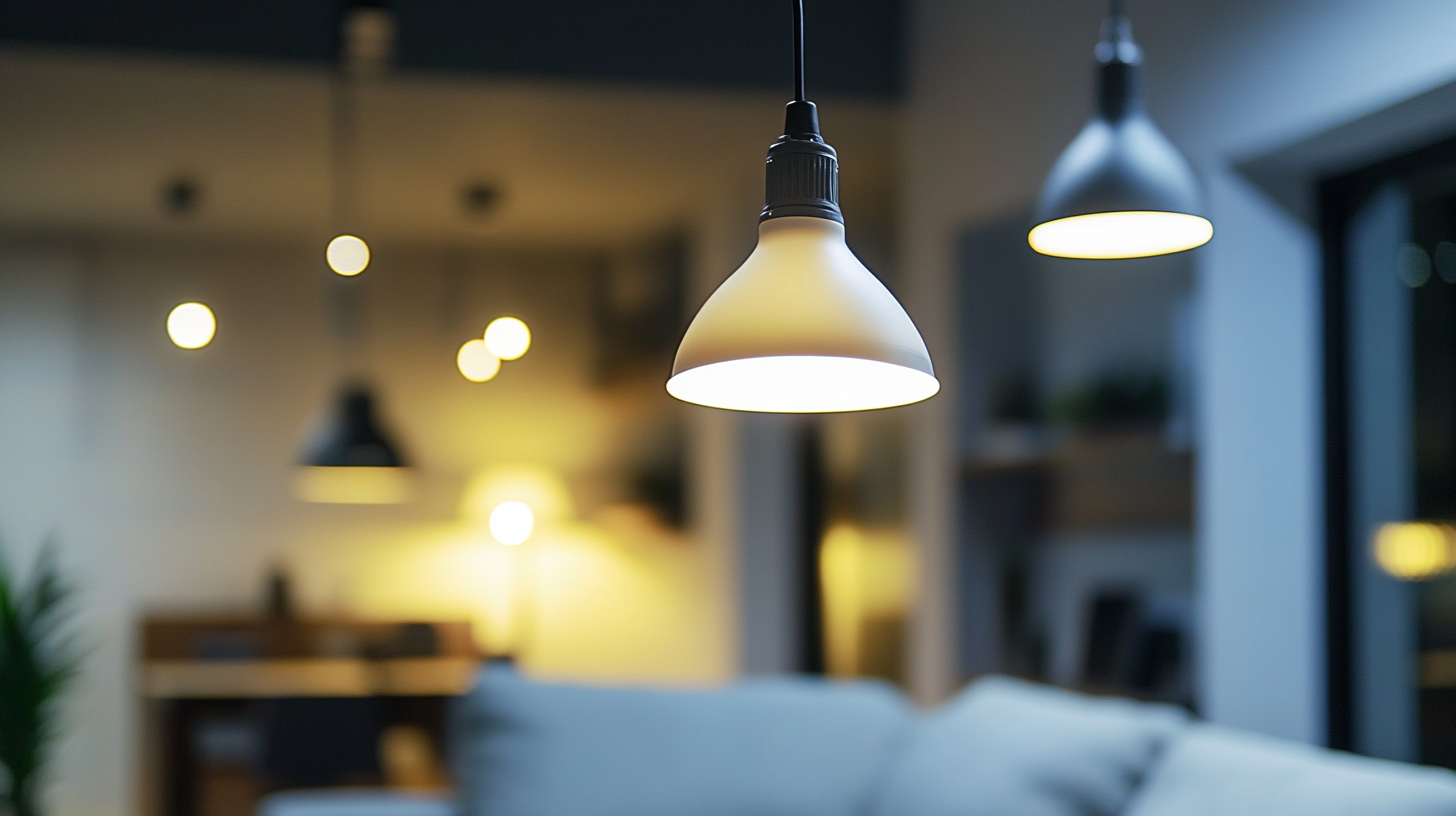LED lighting has transformed the way we illuminate spaces, offering energy efficiency and longevity. With the rise of smart technology, LED lighting fixtures are becoming even more advanced, incorporating features that enhance convenience, automation, and overall efficiency. In this article, we’ll explore the key smart features that improve LED lighting and their benefits for homes, businesses, and industrial applications.
Key Smart Features in LED Lighting Fixtures
1. Smart Dimming and Color Control
Modern LED fixtures allow for precise control over brightness levels and color temperatures. With smart dimming, users can:
- Adjust lighting intensity based on the time of day or activity.
- Optimize energy usage by lowering brightness when full illumination is unnecessary.
- Create ambiance with tunable white or RGB color options.
Best applications: Home lighting, hospitality, retail spaces, and offices.
2. Motion and Occupancy Sensors
Built-in motion and occupancy sensors detect movement, automatically turning lights on or off. This feature enhances energy efficiency and convenience by:
- Reducing unnecessary energy consumption.
- Providing hands-free operation in frequently used spaces.
- Improving security by illuminating areas when movement is detected.
Best applications: Offices, hallways, bathrooms, warehouses, and outdoor security lighting.
3. Voice and App Control
Smart LED lighting integrates with voice assistants like Amazon Alexa, Google Assistant, and Apple HomeKit. Users can:
- Turn lights on/off or adjust brightness with voice commands.
- Control lighting remotely via mobile apps.
- Schedule lighting automation for specific times or events.
Best applications: Smart homes, hotels, and office automation.

4. Daylight Harvesting
Smart LED fixtures can adjust brightness based on natural daylight levels. This feature helps:
- Reduce energy consumption by dimming lights when daylight is sufficient.
- Maintain consistent lighting levels throughout the day.
- Enhance comfort in workspaces by reducing glare.
Best applications: Office buildings, schools, and commercial spaces.
5. Connectivity with IoT and Smart Home Systems
Smart LED lighting integrates with IoT (Internet of Things) systems, allowing seamless connectivity with other smart devices. This enables:
- Automated lighting scenarios linked with security systems, thermostats, and smart blinds.
- Data collection on energy usage for optimization.
- Remote diagnostics and maintenance alerts for commercial applications.
Best applications: Smart cities, industrial facilities, and home automation.
Benefits of Smart LED Lighting Features
✅ Energy Efficiency: Reduces electricity consumption with automated dimming, motion detection, and daylight harvesting.
✅ Convenience: Remote and voice control enhance user experience and accessibility.
✅ Customization: Allows users to create personalized lighting settings.
✅ Security: Motion sensors and remote access improve safety and surveillance.
✅ Longevity: Reduces strain on LEDs by optimizing usage, extending fixture lifespan.
Conclusion
Smart LED lighting fixtures provide a perfect combination of efficiency, convenience, and automation. Whether for home, office, or industrial applications, integrating smart features enhances functionality while saving energy and improving user experience. As technology advances, smart LED lighting will continue to evolve, offering even greater control and sustainability.